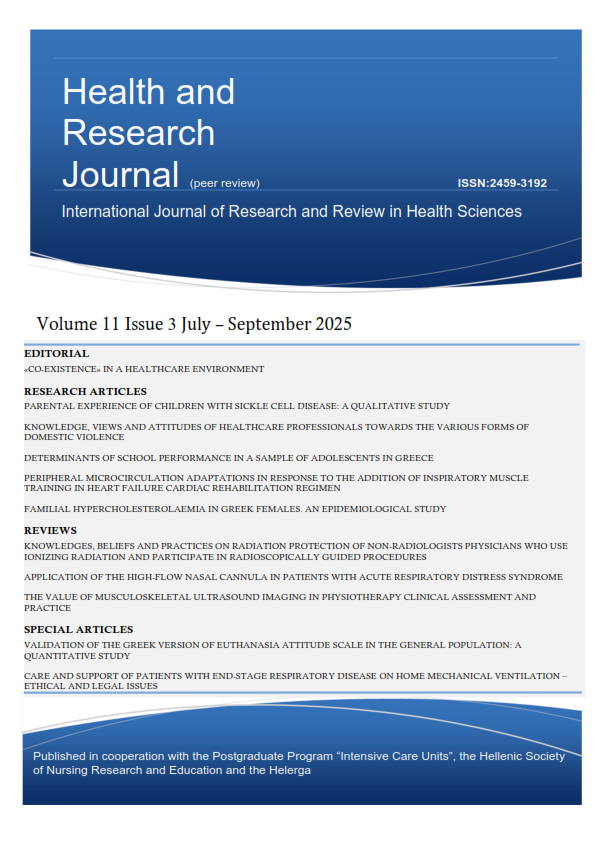Application of the high-flow nasal cannula in patients with acute respiratory distress syndrome

Abstract
Background: Acute respiratory distress syndrome (ARDS) is an acute inflammatory pulmonary process, which leads to protein-rich non-hydrostatic pulmonary oedema. It causes persistent hypoxemia, increases lung "stiffness" and impairs the lung's ability to excrete carbon dioxide. With the advent of the COVID-19 pandemic, many patients suffering from ARDS could not avoid falling ill. However, in many cases, the time from the onset of disease symptoms to the development of full-blown ARDS differed from that observed in ARDS caused by other underlying conditions. Based on the available data, ARDS associated with COVID-19 does not appear to exhibit a more rapid or severe progression of lung damage compared to ARDS from other causes.
Treatment approach: Supplemental oxygen therapy is one of the most commonly prescribed interventions used by clinicians when treating hypoxic acute care patients. This supplement often comes in the form of a low-flow nasal cannula (LFNC). The nasal cannula is an open system that provides low flow and low oxygen. Particularly in patients with COVID-19, HFNO has been shown to create a more uniform transmission of pressure and distribution of ventilation in the alveoli, compared to invasive mechanical ventilation.
Results: As a result, the probability of overdistension of open alveoli, together with the opening of closed alveoli, is reduced in a heterogeneous lung affected by SARS-COV-2. In normal breathing, about 1% of the air a person inhales is made up of the air exhaled in the previous breath. The result is that part of the exhaled CO2 is respired. However, the use of high-flow nasal oxygen (HFNO) facilitates the delivery of heated, humidified oxygen at high flow rates, effectively flushing out CO₂ from the anatomical dead space in the trachea and bronchi, thereby enhancing gas exchange. This reduces the anatomical dead space and respiration of CO2, promoting its elimination. Conclusions As a result, HFNO has been shown to be effective in treating hypercapnia-induced respiratory failure. The purpose of the present study is to investigate the therapeutic effect after the application of the high-flow nasal cannula in patients with acute respiratory distress syndrome.
Article Details
- How to Cite
-
Stergiopoulou, E., & Niki , P. (2025). Application of the high-flow nasal cannula in patients with acute respiratory distress syndrome. Health & Research Journal, 11(3), 267–281. https://doi.org/10.12681/healthresj.39340
- Section
- Reviews
Copyright notice:
The journal "Health and Research Journal" reserves the rights for copyright of the content of the website and also the copyright of the articles published.
By virtue of their appearance in this journal, the articles are free to be used for non-commercial purposes. However, the articles cannot and must not be used in anyway, published elsewhere or modified without any reference to the author and the first publication of the article.


